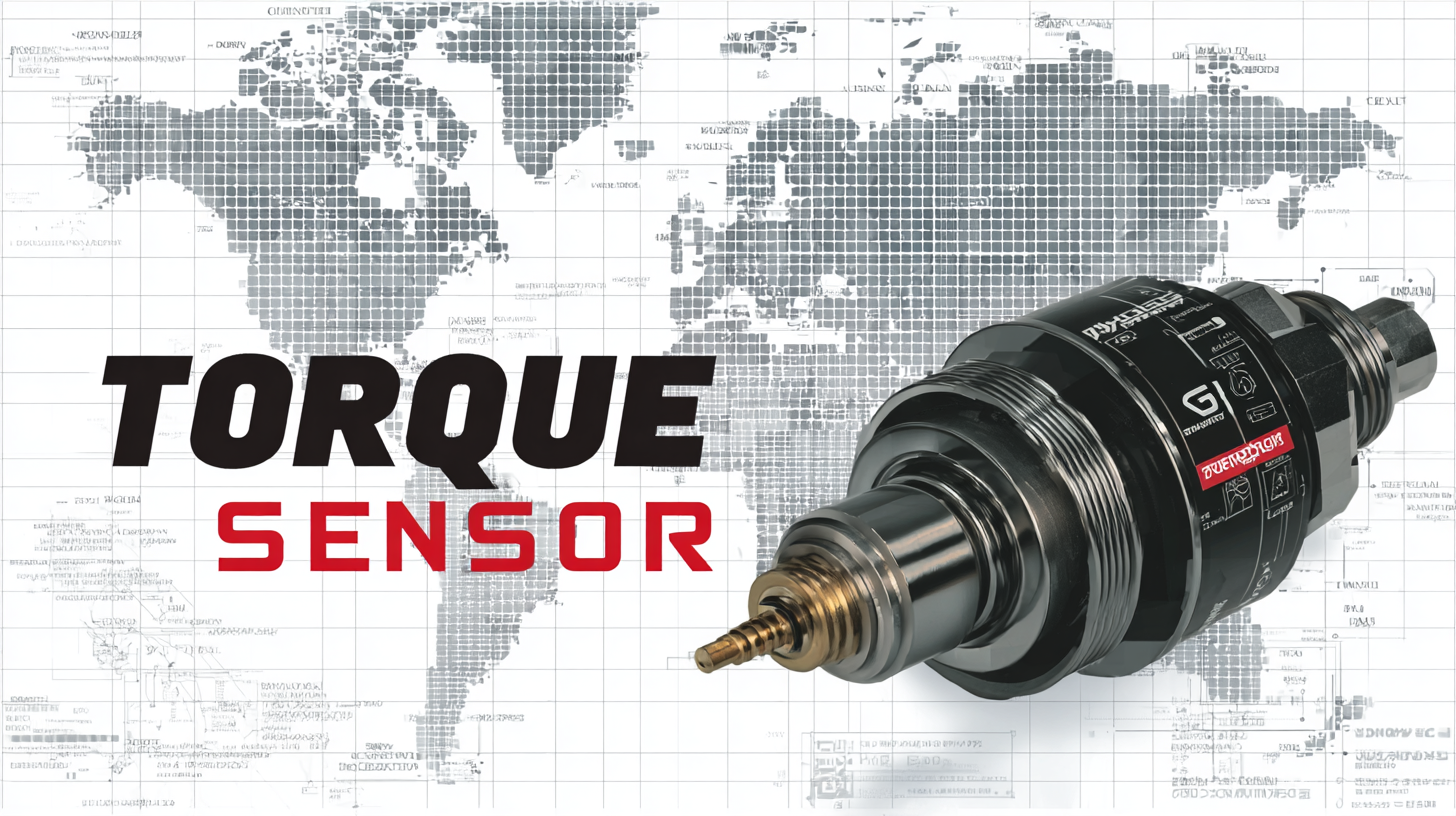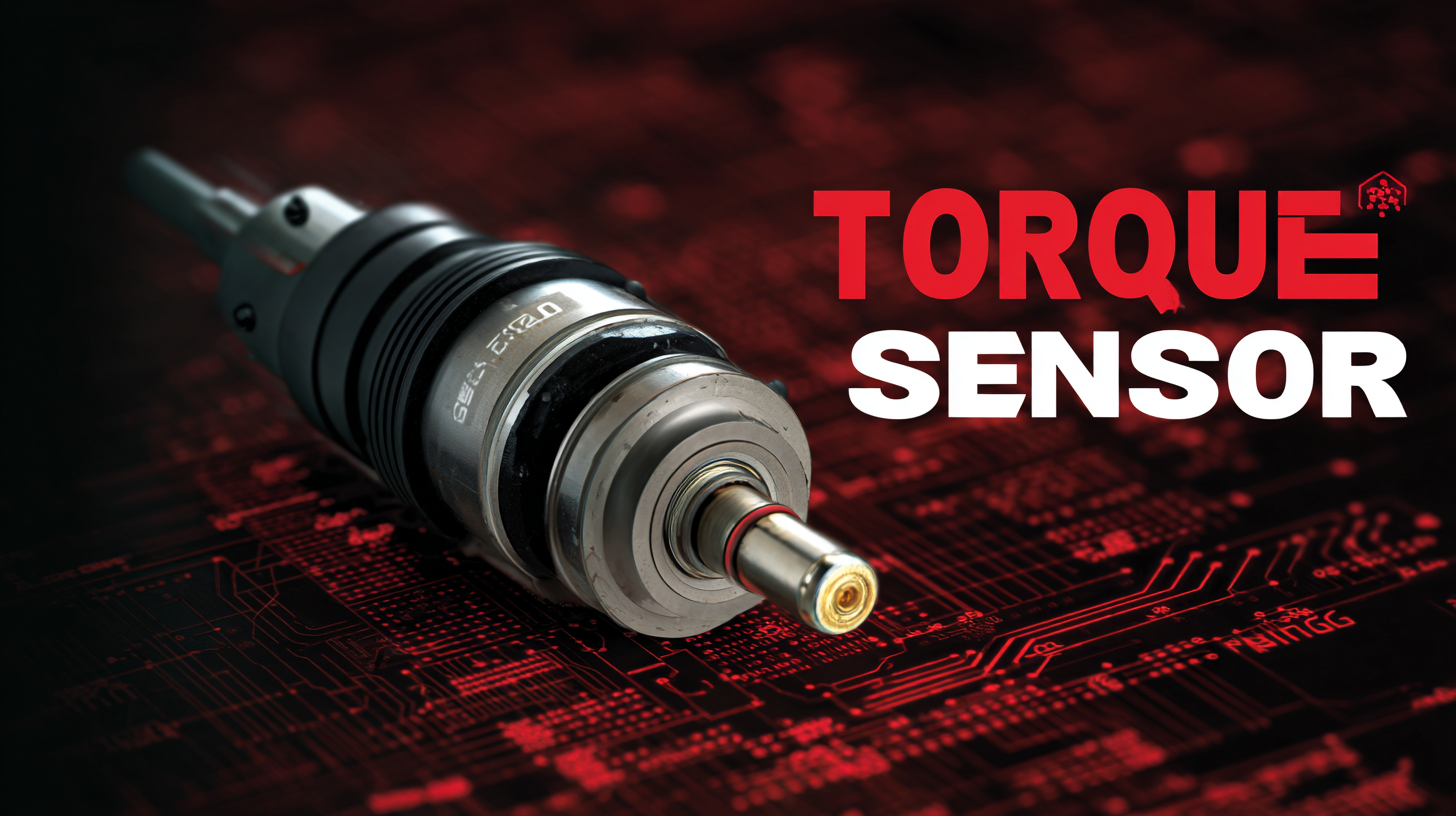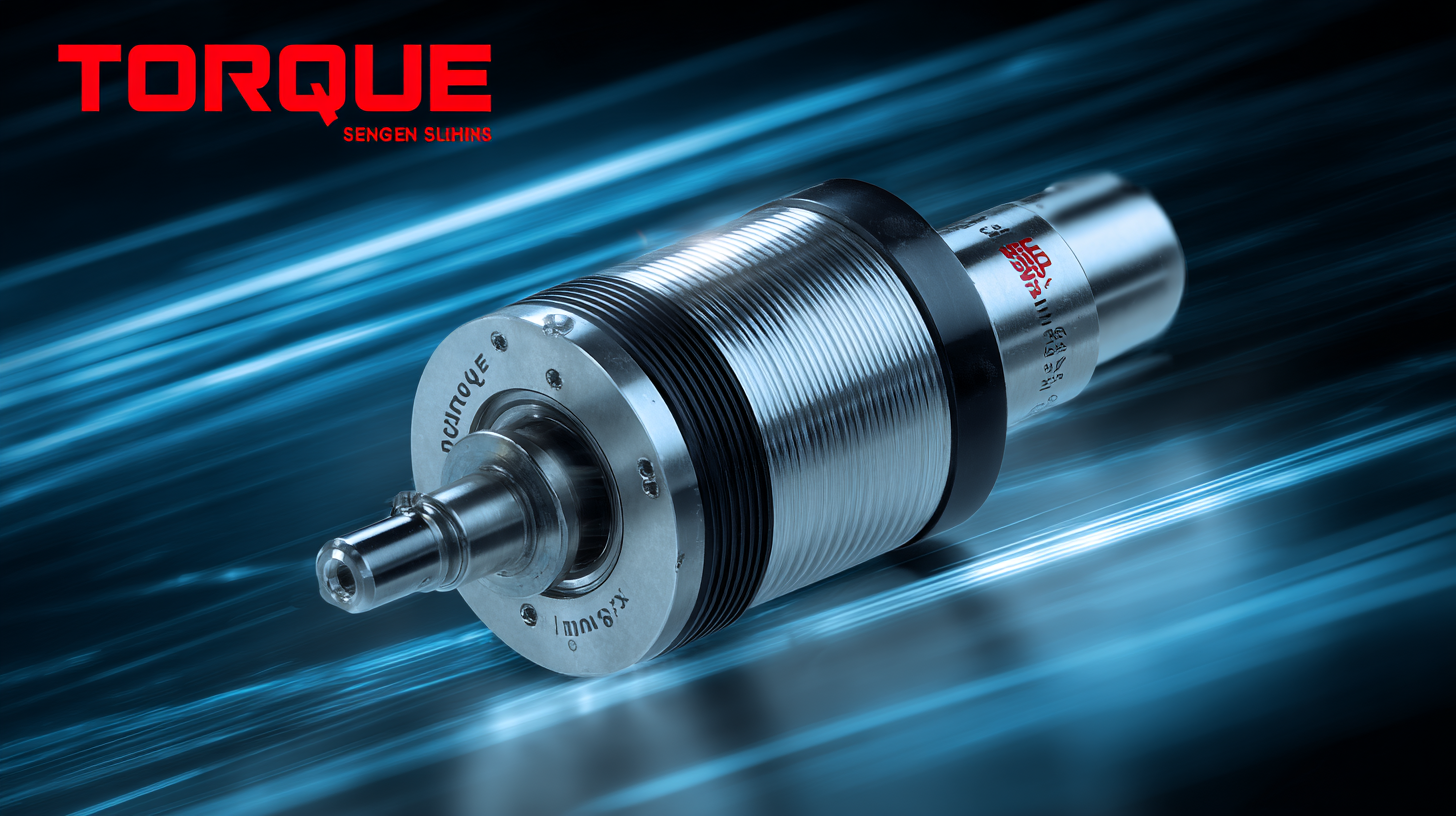 sales@loadcellsensor.com
sales@loadcellsensor.com

Navigating the Global Standards for Best Torque Sensor Imports and Exports
In today's interconnected world, the importance of adhering to global standards for the import and export of various technologies cannot be overstated, especially in the realm of Torque Sensors. These versatile devices play a crucial role in measuring the rotational force in numerous industries, influencing everything from automotive design to industrial machinery reliability.

As factories across the globe aim to position themselves at the forefront of manufacturing excellence, understanding the nuances of international regulations becomes imperative. This blog outlines the key considerations for navigating the complex landscape of Torque Sensor imports and exports, highlighting strategies employed by leading manufacturers to ensure compliance and maintain competitiveness.
By exploring the best practices and standards in this domain, businesses can better equip themselves to thrive in an increasingly integrated global market.
Understanding the Importance of Torque Sensors in Global Trade Dynamics
The global trade dynamics of torque sensors are becoming increasingly significant, particularly in sectors like automotive steering where precision is paramount. Recent reports indicate that the automotive steering torque sensors market is poised for substantial growth, projected to expand from $6.8 billion in 2021 to an impressive $9.0 billion by 2026. This growth underscores the essential role that torque sensors play in enhancing vehicle safety and performance, making them a critical component in modern automotive design.
As the market evolves, understanding the global standards for torque sensor imports and exports becomes vital for businesses seeking to navigate this landscape. Manufacturers must comply with various regulatory requirements to ensure their products meet international safety and performance standards. Identifying these regulations early on and adapting production strategies accordingly can help companies maintain a competitive edge.
Tips for Stakeholders:
- Stay updated on international standards and regulations pertaining to torque sensors to ensure compliance and avoid costly penalties.
- Invest in advanced technologies that enhance the accuracy and reliability of torque sensors, as this will significantly contribute to market competitiveness.
- Engage in continuous market research to identify trends and emerging technologies in torque sensor applications, allowing for strategic positioning in a rapidly changing industry.
Key International Standards Impacting Torque Sensor Quality and Performance
When it comes to importing and exporting torque sensors, understanding key international standards is crucial for ensuring product quality and performance. Organizations like the
International Organization for Standardization (ISO) and the
American National Standards Institute (ANSI) have established guidelines that govern testing procedures, calibration methods, and performance criteria for torque sensors. Adhering to these standards not only guarantees compliance but also enhances the reliability of the sensors in various applications, from automotive to industrial machinery.
Tip: Always stay updated with the latest revisions of these standards. Regularly reviewing documentation from ISO and ANSI can provide insights into any changes that may affect your products. This proactive approach helps in maintaining compliance and optimizing your testing processes.
Moreover, collaboration with certified laboratories can bring about significant advantages. These labs are equipped to perform rigorous quality checks and calibrations according to international standards. By partnering with them, you can ensure that your torque sensors meet the necessary performance benchmarks, thereby fostering trust among your customers.
Tip: When selecting a laboratory for testing, look for those with accreditations that align with
ISO/IEC 17025. This ensures that the lab operates under international standards for testing and calibration, providing reliable and proven results.
China's Leading Role in Torque Sensor Manufacturing: Facts and Figures
China has emerged as a powerhouse in torque sensor manufacturing, accounting for a significant share of the global market. The country’s robust industrial infrastructure, combined with cutting-edge technology and a skilled workforce, positions it as a top exporter of torque sensors. In 2022, China exported over $500 million worth of torque sensors, showcasing not just the demand, but also the quality of products being delivered. Major industries, including automotive and aerospace, rely heavily on these sensors for precise measurement and control of torque, further solidifying China's pivotal role in this sector.
When importing torque sensors from China, it is essential to understand the regulatory landscape. Ensure compliance with international standards and certifications to avoid potential setbacks. Additionally, consider the supplier's reputation; partner with manufacturers renowned for their quality and reliability. It’s also wise to be cognizant of shipping logistics and potential lead times to mitigate any issues that could arise during transportation.
In navigating exports, fostering strong relationships with buyers is crucial. Provide detailed product specifications and detailed documentation to build trust. Regular communication about manufacturing processes and technological advancements can also enhance business relations. By implementing these tips, you can effectively tap into the thriving market for torque sensors while leveraging China's manufacturing strengths.

Compliance Challenges for Torque Sensor Imports and Exports Across Borders
 The import and export of torque sensors present a multitude of compliance challenges that businesses must navigate to succeed in global markets. These challenges often stem from varying national regulations and standards that govern how torque sensors should be designed, manufactured, and tested. For instance, while some countries may have strict electromagnetic compatibility requirements, others prioritize performance metrics that may differ significantly. Companies must stay attuned to these diverse standards or risk regulatory delays that can disrupt their supply chain and impact profitability.
The import and export of torque sensors present a multitude of compliance challenges that businesses must navigate to succeed in global markets. These challenges often stem from varying national regulations and standards that govern how torque sensors should be designed, manufactured, and tested. For instance, while some countries may have strict electromagnetic compatibility requirements, others prioritize performance metrics that may differ significantly. Companies must stay attuned to these diverse standards or risk regulatory delays that can disrupt their supply chain and impact profitability.
Moreover, documentation can be a major hurdle in cross-border transactions. Importers and exporters are faced with the daunting task of ensuring that all paperwork is accurately completed and compliant with both international and local laws. This includes certificates of compliance, test reports, and intellectual property protections, which may differ from one region to another. Failure to provide the correct documentation not only delays shipments but can also result in hefty fines and potential bans on future imports or exports. Therefore, understanding and adhering to the nuanced compliance landscape is crucial for any organization involved in the global trade of torque sensors.
Market Trends: The Future of Torque Sensors in Global Supply Chains
The torque sensor market is witnessing significant transformations driven by advancements in technology and increasing demand across various sectors. According to the latest report from MarketsandMarkets, the global torque sensor market is projected to grow from USD 1.45 billion in 2021 to USD 2.58 billion by 2026, at a CAGR of 12.3%. This growth is fueled by the rising automation in manufacturing processes and the growing need for accurate torque measurements for quality assurance. As industries strive for enhanced efficiency and productivity, the integration of torque sensors into smart manufacturing systems becomes increasingly vital.
Moreover, the expansion of electric vehicles (EVs) presents a unique opportunity for torque sensors. According to a report from ResearchAndMarkets, the EV market is anticipated to reach 26.4 million units by 2030, with torque sensors playing a crucial role in powertrain applications. These sensors ensure optimal performance and energy efficiency, meeting the rigorous standards set by international regulatory bodies. As global supply chains adapt to these market trends, manufacturers must proactively invest in cutting-edge torque sensor technologies to stay competitive and meet the evolving demands of their customers.

